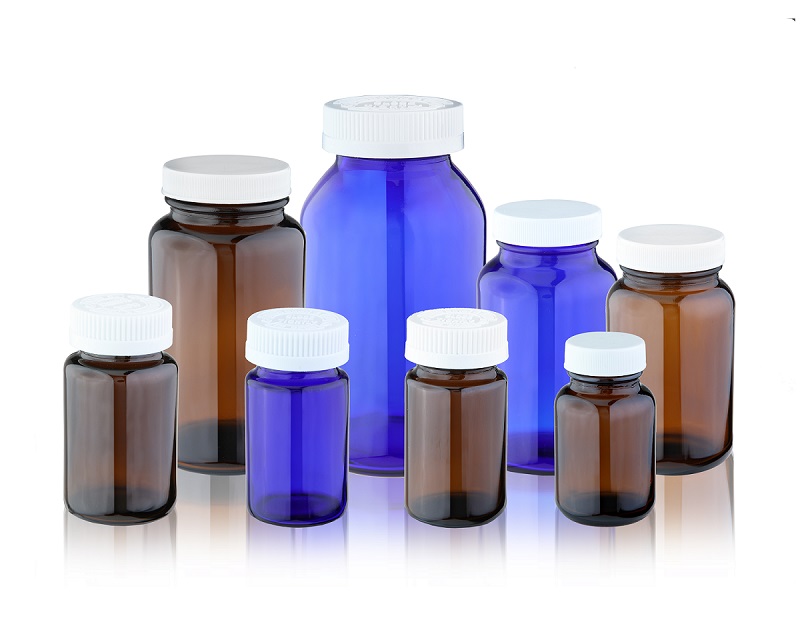
Top 5 Proven Uses for Glass Packers
Have you ever wondered why most households prefer using glass packers as opposed to plastics or any other materials? Glass bottles have been available for ages. To date, glass packers are still a favorite among most households across the world.
Glass offers excellent strength, weight and compatibility for materials that cannot use plastic containers. Glass packers are also preferred in many households since they are easier to clean. This is because they are unlikely to develop scratches that may harbor residue or bad odor.
Notably, glass bottles retain the taste of liquid placed on them without altering the original flavor. Glass is safer for use at home since it doesn’t have harmful chemicals that may pose a health threat to users. It is easier to identify whether glass is clean or not compared to other packing materials made of metal or plastics. Comparatively, glass packers can be reused for a more extended period of time without worrying about additional wear and tear.
Best of all, glass is 100% recyclable and can be recycled endlessly without loss in quality or purity. Most glass containers can go from a recycling bin to a store shelf in as little as 30 days. It’s estimated that almost 80% of recovered glass containers are made into new glass bottles.
This article stipulates a myriad of uses that glass packers can serve.
#1. Administration of Drugs
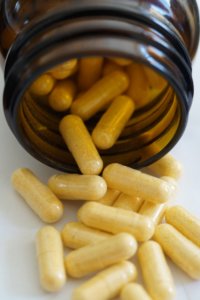
Are you running a clinic or selling supplements? A packer bottle style has a wide mouth for easy access when filling and dispensing products. Glass packer bottles are most commonly used to house pills, tablets, vitamins, and supplements, making it a good choice for a variety of products people use every day.
The amber-colored glass shelters photosensitive compounds from light damage. This makes them the perfect choice for storing and dispensing medications, vitamins, flavorings and more.
These popular wide-mouth glass bottles are also available in cobalt blue. The cobalt blue glass packers also offer good UV protection in a color that will help your product stand out on a crowded store shelf or online.
#2. Storage of Laboratory Chemicals
Typically, glass packers are the real deal in the storage of bases and acids. Ideally, ordinary glass is incapable of reacting chemically with various substances, including acids. In essence, glass cannot contaminate chemicals.
This is why glass packers are better at storing chemical substances in factories, laboratories, schools, and other entities that use chemicals for various reasons. Since glass is inert and nonporous, you won’t have a reaction with your chemicals. There’s also no leaching to contaminate other solutions.
#3. Used for Preservation
Glass packers are also preferred in the preservation of food and beverages for a more extended period. Glass is not reactive to most substances hence ideal for use in the storage and long-term preservation of things such as syrup, pickles, jams, jellies, fruit and more.
#4. Used in Field Sampling
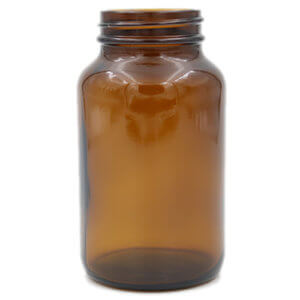
Wide mouth bottles are commonly used for field sampling. These bottles are easily transportable from the field to the lab making them the go-to vessel for lab technicians.
Since it often takes time to analyze samples, the glass packers are critical in the storage of lab samples for future analysis. Glass packer bottles are also colored, making them ideal for storing photosensitive material for laboratory use.
#5. Storage of Food & Beverages
Glass packers are also effective in the storage of beverage and other food substances. Glass offers exceptional appeal when displayed on the shelves. In essence, It is easier to show off a product via glass bottles than plastics.
Additionally, products packaged in glass bottles never lose their taste. This means glass never affect product flavor or freshness in any way.
Health & Safety Standards
Glass bottles are the safest in storage since they are never affected by prevailing temperature changes. Unlike plastics that can melt and affect the quality of food substances, glass can maintain product quality on the shelf for the longest time possible. In other words, packaging products in glass bottles ensure the products packed remain fresh without the worry of getting stale.
The use of glass packers in packaging is an essential element in ensuring high health standards are maintained. If you are looking for durable and quality bottles, contact us or request a sample to try out our glass packers. Let us help you find the right packaging solution today.

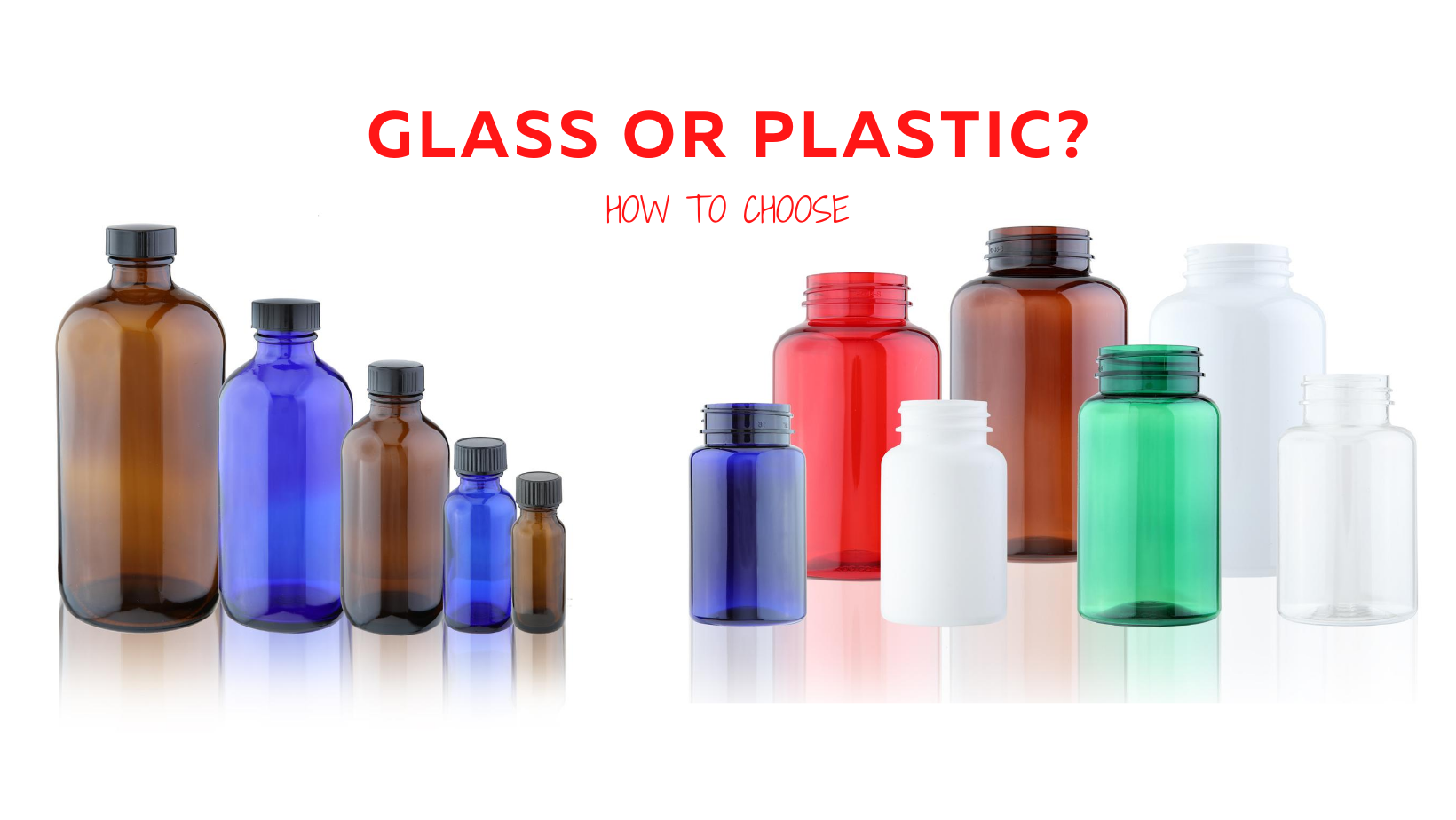
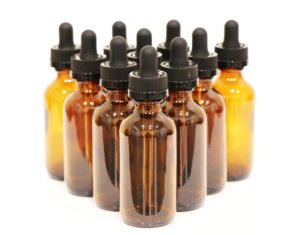
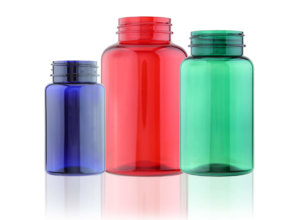
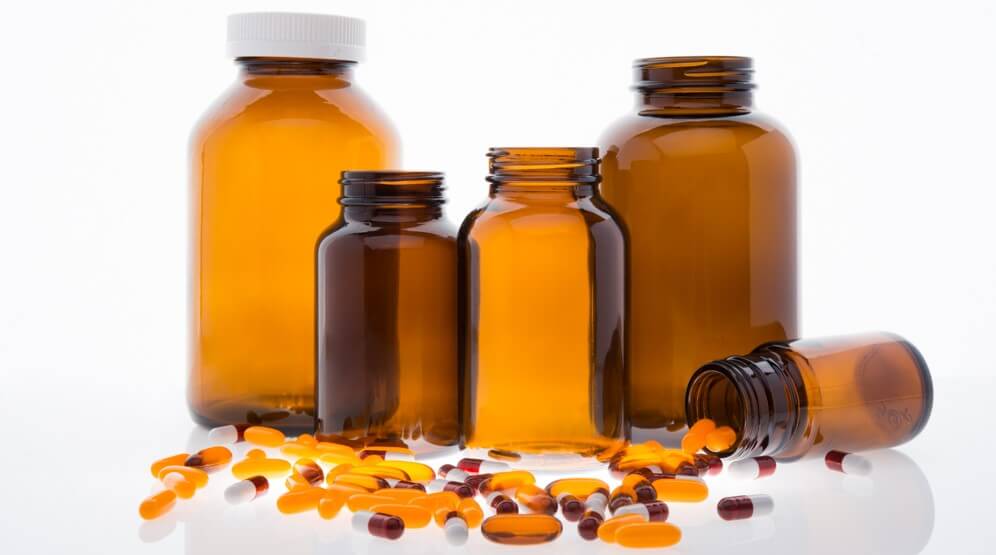
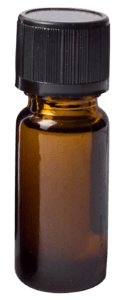
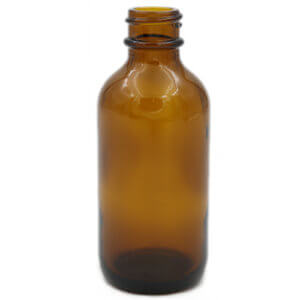
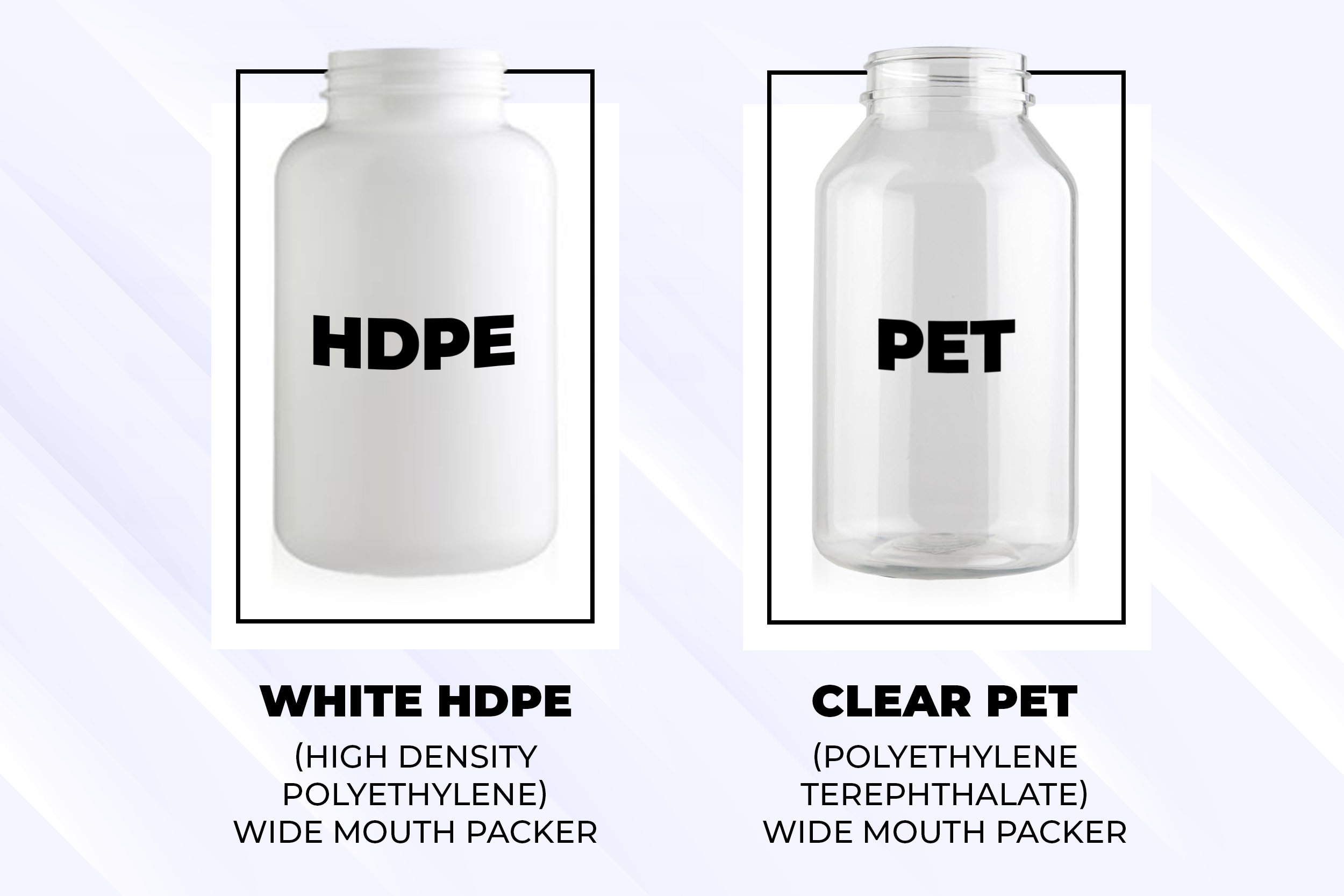
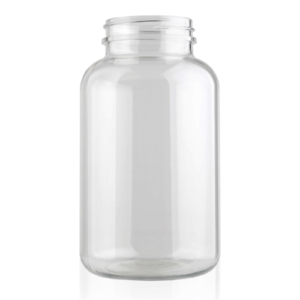
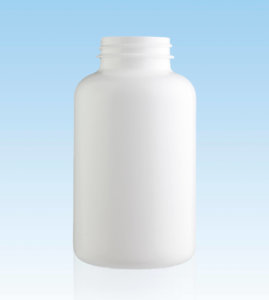
 Quality caps are also important to mention. Safety is a top concern and the integrity of the product and safety of the consumer is vital. A nice selection of
Quality caps are also important to mention. Safety is a top concern and the integrity of the product and safety of the consumer is vital. A nice selection of 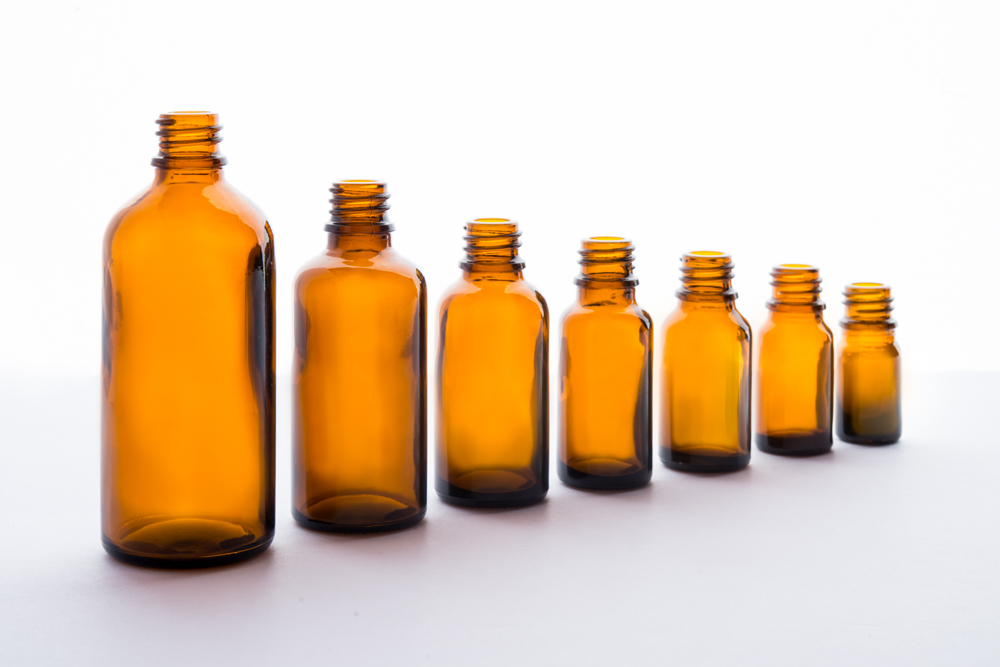
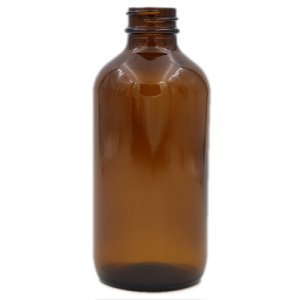
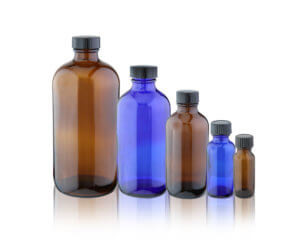 Of all the glass bottle shapes, it seems that this was the optimal design.
Of all the glass bottle shapes, it seems that this was the optimal design.